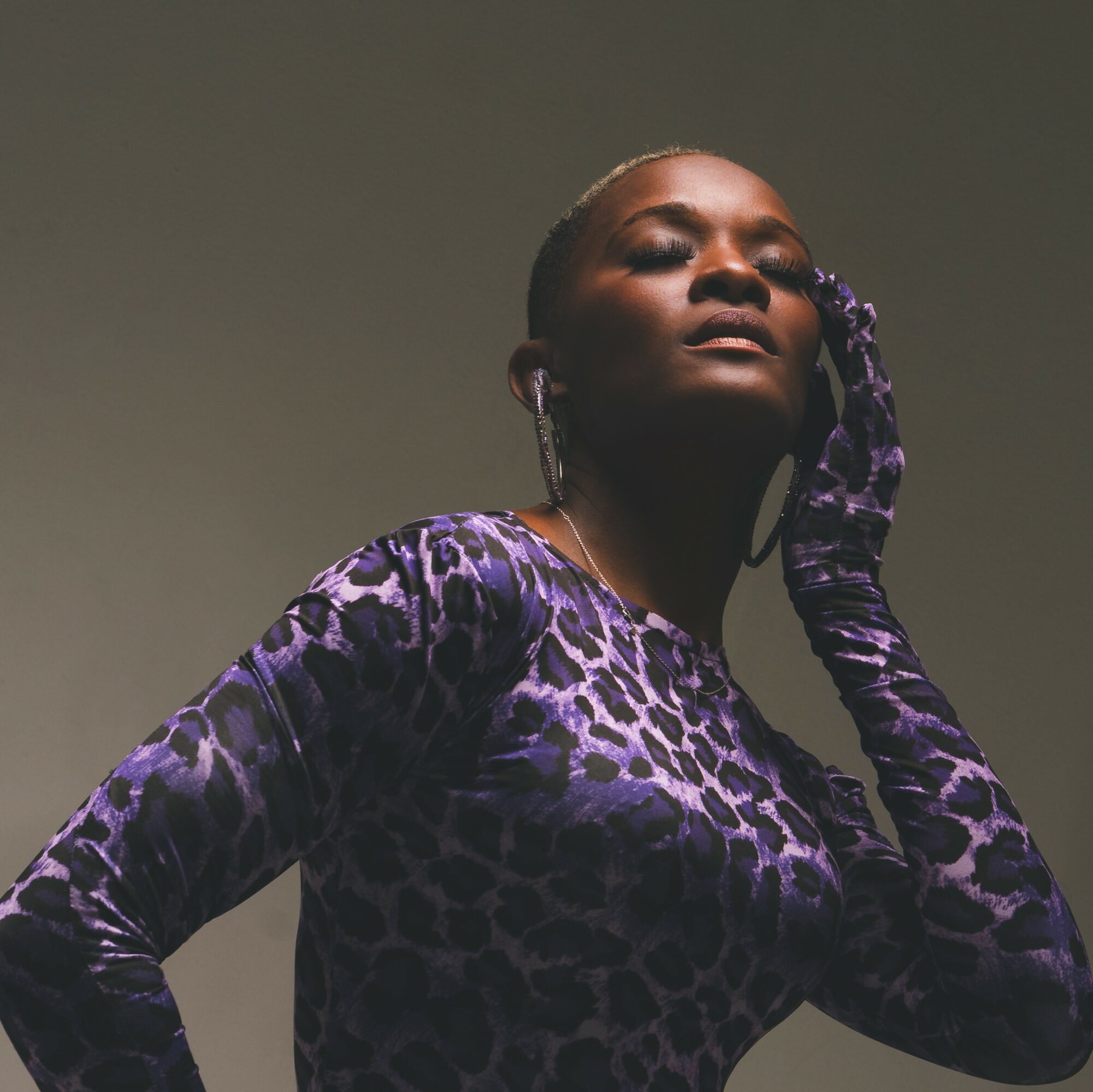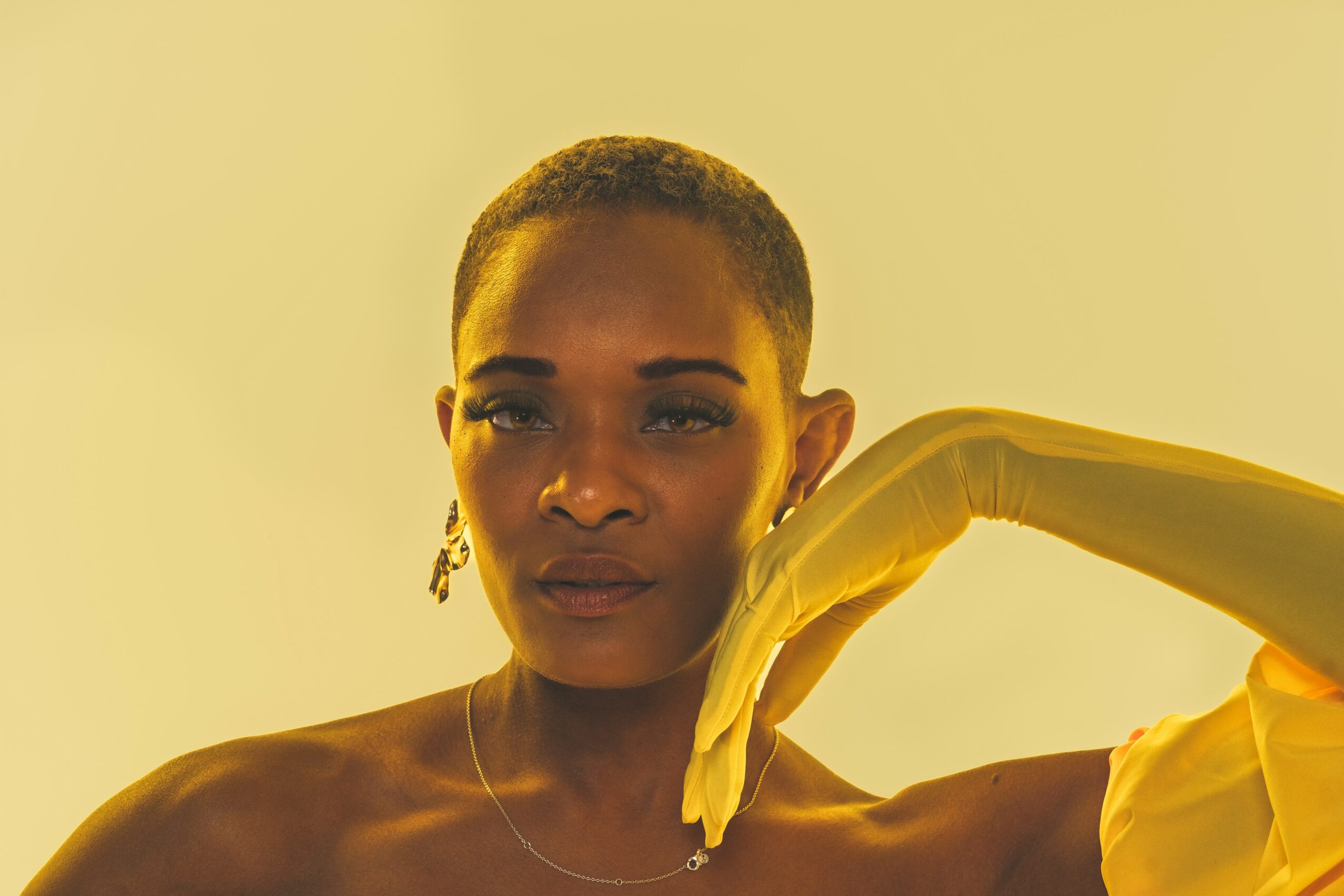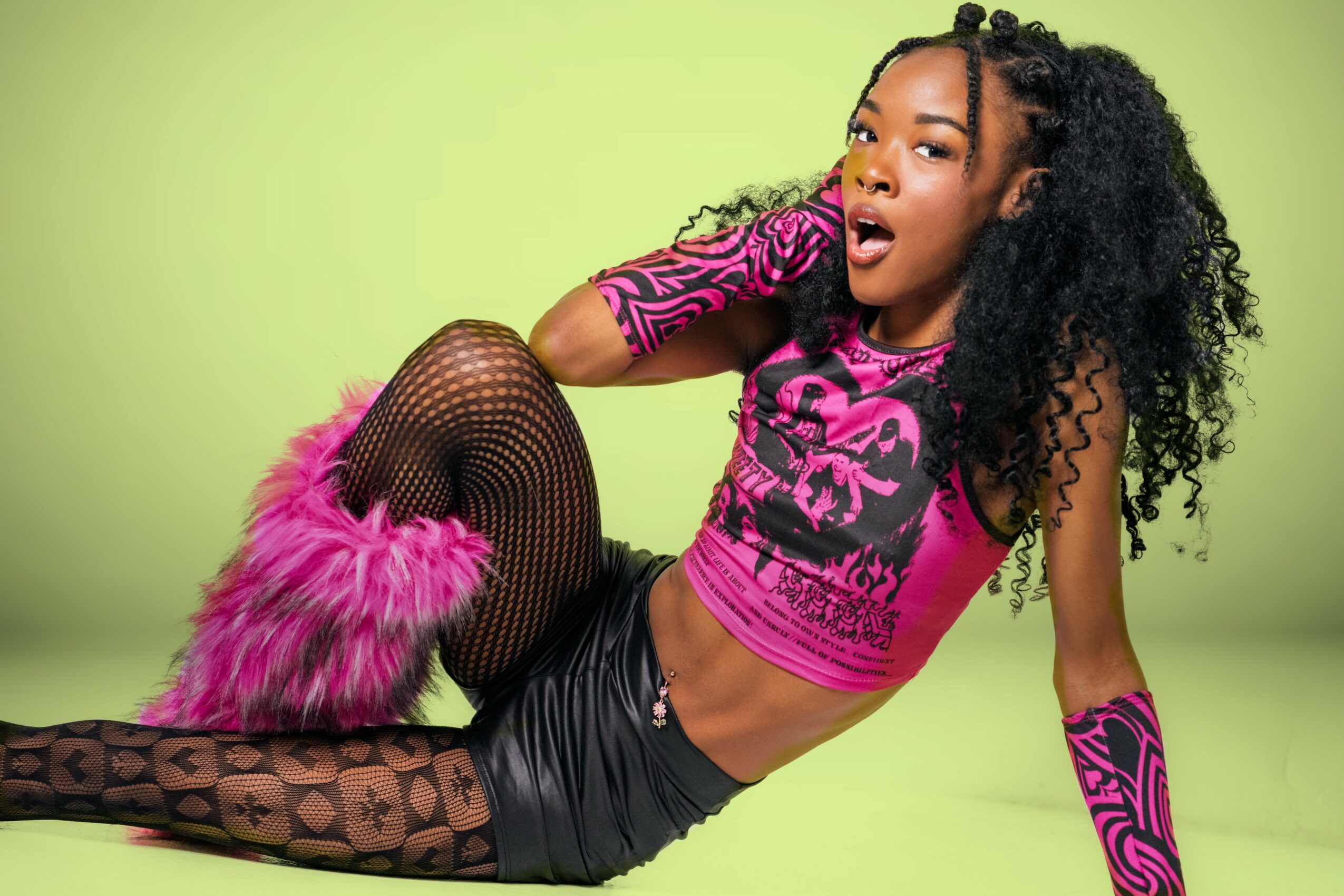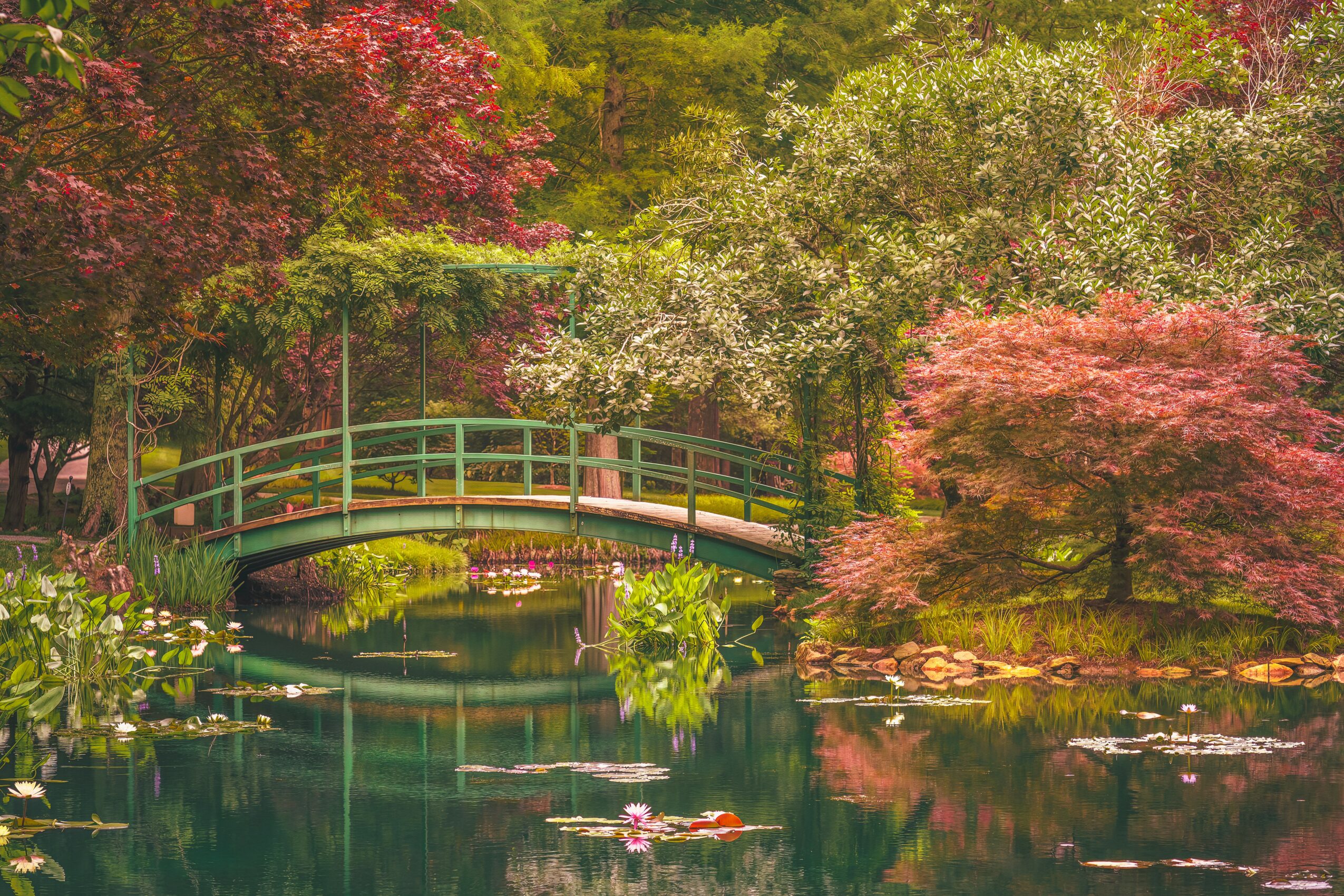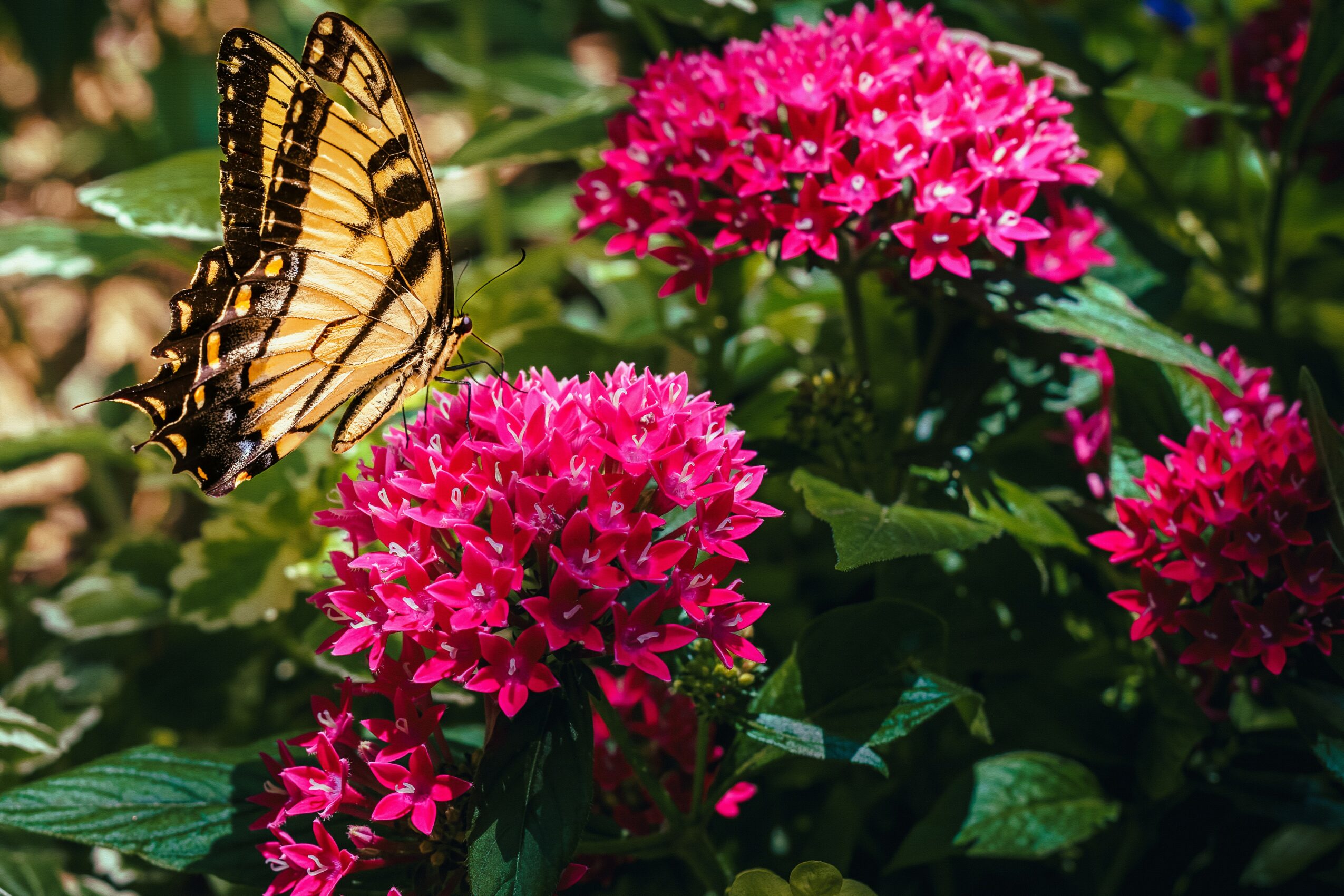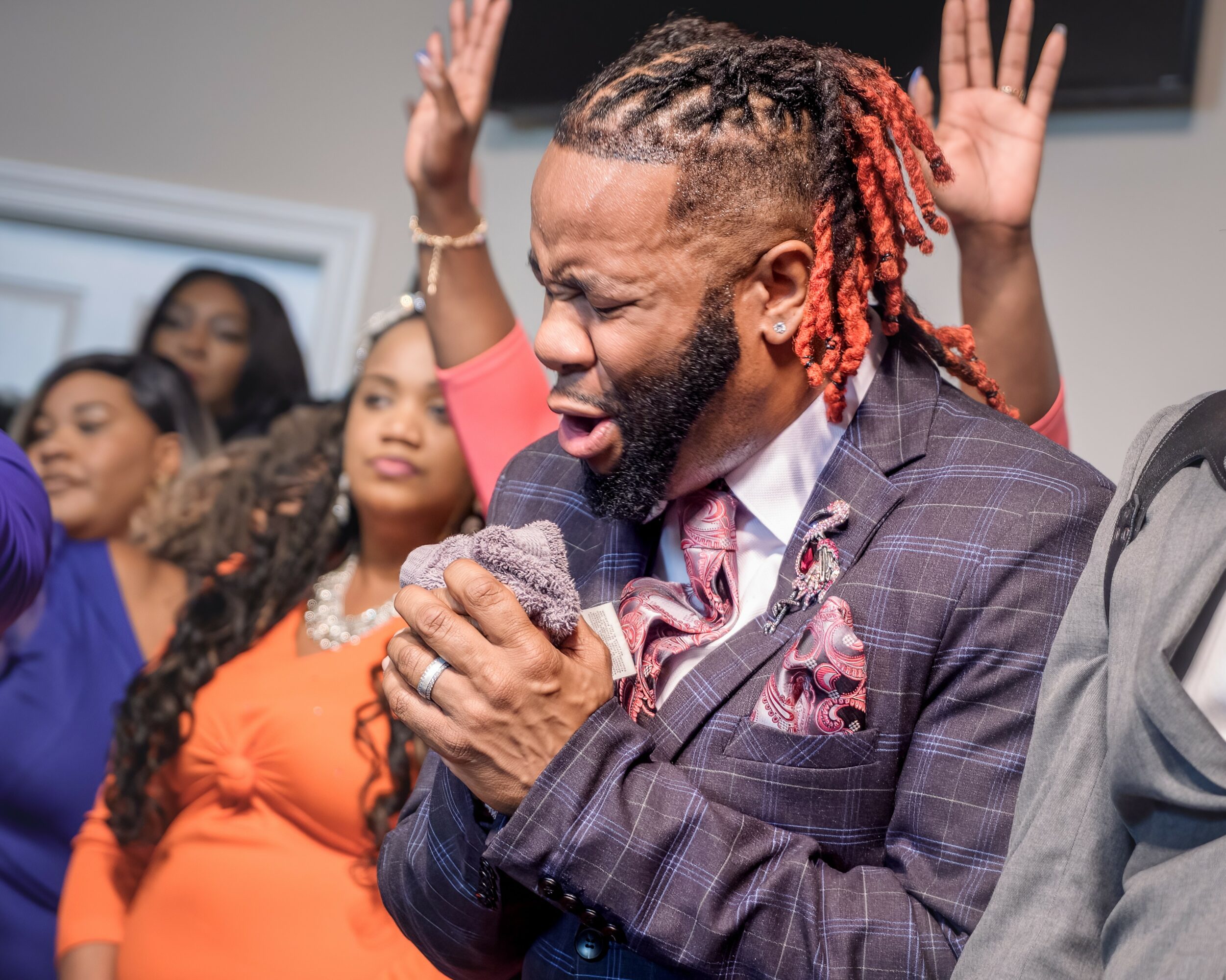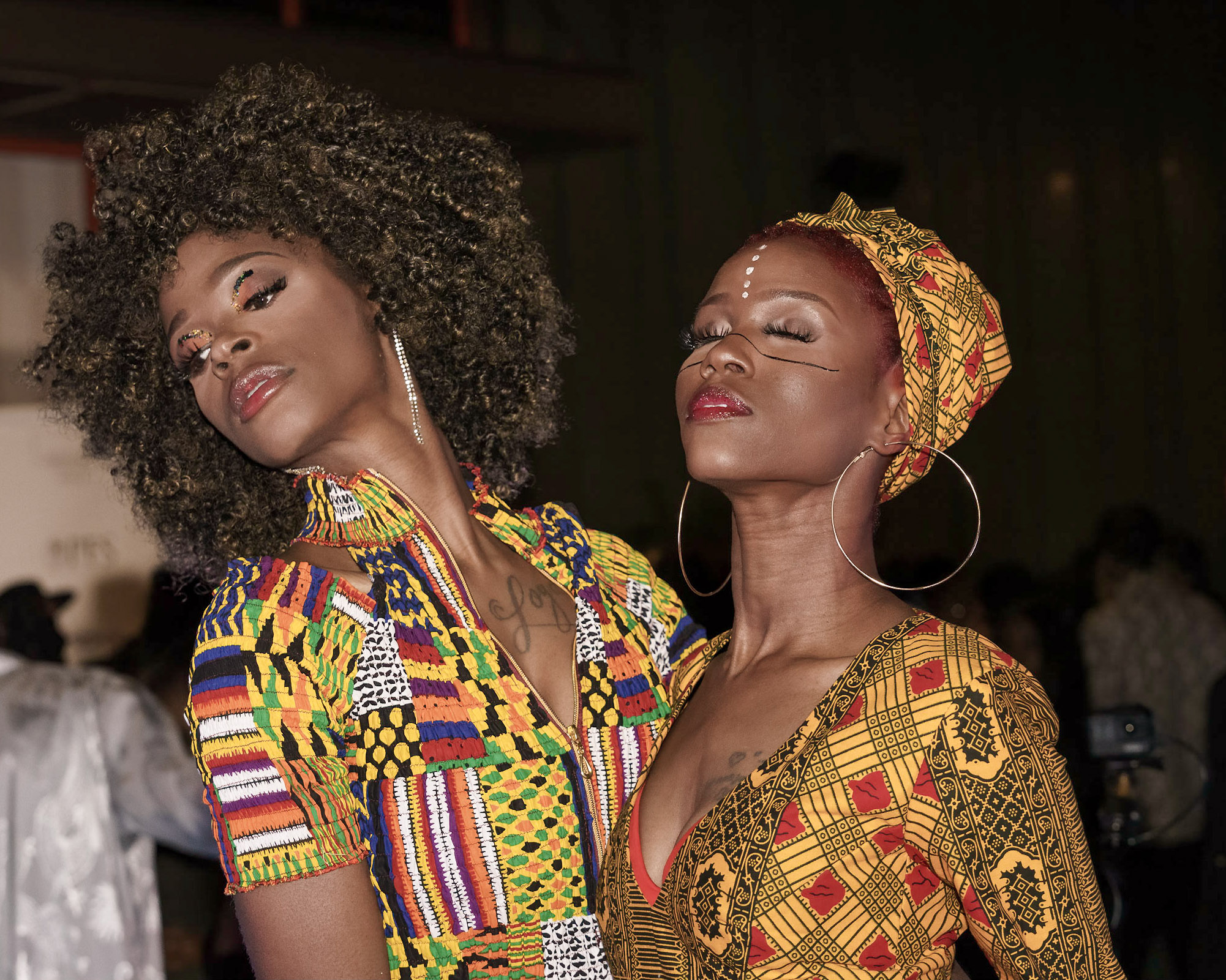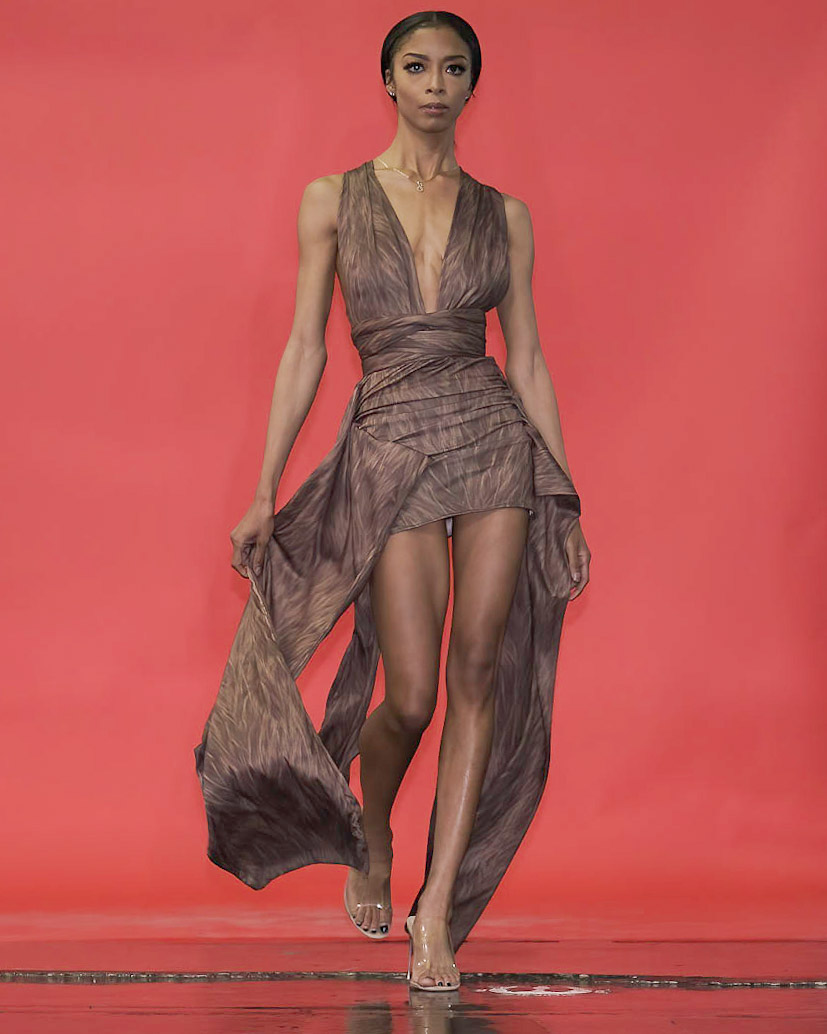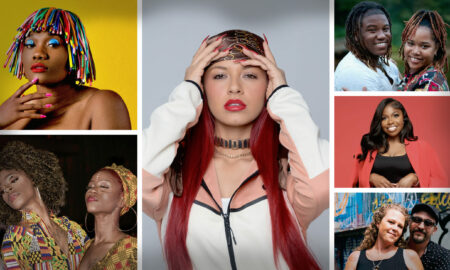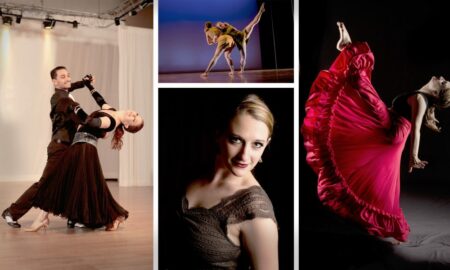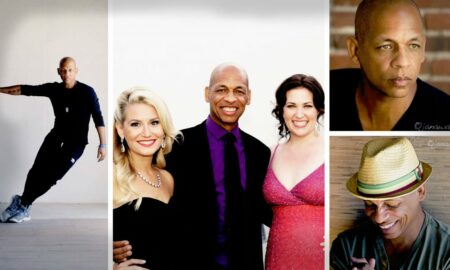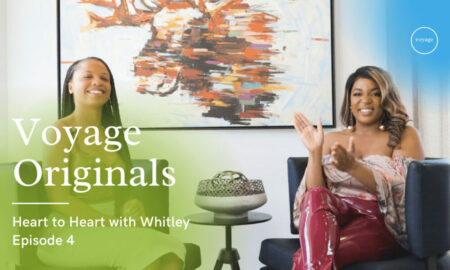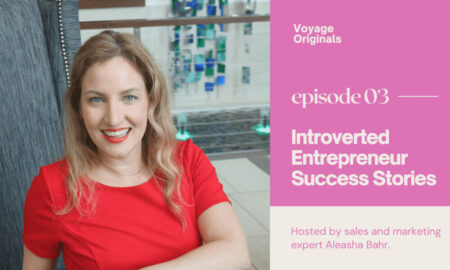

Today we’d like to introduce you to Samuel G Lindo.
Hi Samuel G, can you start by introducing yourself? We’d love to learn more about how you got to where you are today?
I began taking pictures when I was 8 years old, using a disposable Kodak Instamatic camera to photograph my brother’s college graduation. For an 8-year-old kid, the pictures were what they were—but the experience, really the excitement of capturing images, resonated with me. I liked it. And so, throughout my childhood, whenever I could, I took pictures just for the fun of it.
As a young adult in the 1980s, I was living in Phoenix, AZ, still snapping photos with disposable cameras for personal enjoyment. Then one day, my father—the adventurer—decided to take a Greyhound bus 3,000 miles to come visit me. Along his journey, he encountered a photographer selling his camera: a Nikkormat FT3, along with a 28mm prime lens and a 70-135mm macro zoom lens. He bought that gear, and when I picked him up at the bus station, the first thing he did was hand me the camera and say, “See what you can do with this.” That was my first professional camera—and I still own and occasionally shoot with it today.
With the Nikkormat, just like with the Instamatics, I took pictures of everything—from landscapes to family and friends. I noticed that the same enjoyment I had as a child continued… and the images were better, too. These were the days of film, when there were no do-overs. What you shot was what you got. Yet, there was a certain excitement—sometimes even trepidation. “The thrill of victory and the agony of defeat.” That was the opening line of ABC’s Wide World of Sports back then, and in photography, that same feeling existed because you never really knew whether you got the shot until the film was developed. The whole idea of “getting it right in-camera”—that’s where it comes from. There was always this sense of anticipation when waiting for your film to come back, or if you developed it yourself.
But, as always, life happens. I put down the camera to pursue another love—healthcare. Taking care of sick people was at the top of my list, and for the better part of three decades, that’s what I did. Still, taking pictures always held a place in my life—just not as prominent as before… at least, not until the digital age.
Now, as an older adult with a successful career in healthcare, the technology had changed. You no longer had to worry about developing film, and you could see in real time what your images looked like—plus, there were do-overs. That’s when I began to take photography more seriously. Not necessarily in the business sense, but in terms of improving and perfecting the craft.
In 2009, I bought my first digital camera—a Nikon D5000—along with a 50mm prime lens. My first series of images were of sunsets taken from a cruise I’d been on. I stayed with that camera body for several years advancing to the Nikon D300. Unfortunately, most of those images were lost in a hard drive crash. Since then I’ve gone into the Sony ecosystem shooting with the Sony A7S, 7II and A9.
With the D5000, I began exploring the genre of worship photography—capturing worship services at various churches. I started with my home church in 2013, and a year later added one of its sister churches. It was there I met who would become a good friend and collaborator—Daniel Miranda of Daniel M Photography. Though we have separate businesses, we supported each other as photographers and began not only shooting worship services, but also gospel concert series. That gave us the opportunity to photograph artists like Latrice Pace of The Anointed Pace Sisters, Hezekiah Walker, and to cover awards shows like the Gospel Choice Music Awards and the Steeple Awards.
Those chance opportunities ultimately led me into the local fashion industry, where I currently photograph models—on the runway and in the studio. More recently, I’ve begun working with ballerinas, which is a very unique and somewhat isolated niche where I live.
I consider myself a photographic generalist—I don’t focus on just one thing. I shoot everything. And whether it’s landscapes or portraiture, my motto is: Beauty starts with perspective. In fact, at Sam L Images, our motto is: “Where the lens meets your true self… because beauty starts with perspective.” And because of that, the ultimate goal is always to place a large, framed print—portrait or otherwise—on your wall.
Would you say it’s been a smooth road, and if not what are some of the biggest challenges you’ve faced along the way?
Starting and running a business is never a smooth road—it’s a leap of faith. But for me, I would say the biggest struggle was confidence in my ability—putting myself out there. We often get caught up in what others are doing and in dogma. That is, we see the work of other photographers and critique what we’ve done against theirs, which seems so much better—and so this kind of doubt settles in.
Then there’s the idea that you have to have the best equipment to produce what you want, or that you must do things a certain way for your images to be considered “correct” or for you to be successful.
Finding your own voice and path—at least for me—was the biggest challenge. I had to learn that it was okay to unconventionally edit my images, that it was okay, for instance, to embrace the digital noise that may appear in an image.
The lesson I learned on my journey through worship photography was that the equipment you have may not be the best to capture what you want—but it can still do the job, and do it with a certain quality that is acceptable, so long as you pay attention to key details. If you do that, the work you produce—and get paid for—can be used to acquire better equipment, which will not only enhance the quality of your work but also create opportunities for more advanced jobs and potentially higher-paying clients.
Alright, so let’s switch gears a bit and talk business. What should we know about your work?
I am a photographer and the owner of Sam L Images LLC. I capture all types of images—from portraiture to events to landscapes. What sets me apart from others is my unique editing style. Most of my images have a matte look with a color grade applied that complements the primary colors within the image. This creates a distinct aesthetic—not quite vintage, yet something in between. I tend to shy away from the super-saturated, while at the same time embracing vivid pastels. When it comes to portraiture, I lean toward low-key shots.
I specialize in large, framed prints. The goal at Sam L Images is to place a high-quality, large-format print on your wall. To achieve that, my images are printed on the finest quality paper available, using the best commercial printers.
I am most proud of the prints I’m able to offer and the quality with which they are produced. A framed print from Sam L Images will not disappoint.
So, before we go, how can our readers or others connect or collaborate with you? How can they support you?
People can work, collaborate or support me simply by contacting me through Instagram @saml071963 or on Facebook at Sam L Images or the contact form at samlimages.com.
Contact Info:
- Website: https://samlimages.com
- Instagram: https://www.instagram.com/saml071963/
- Facebook: https://www.facebook.com/profile.php?id=61574989396024
